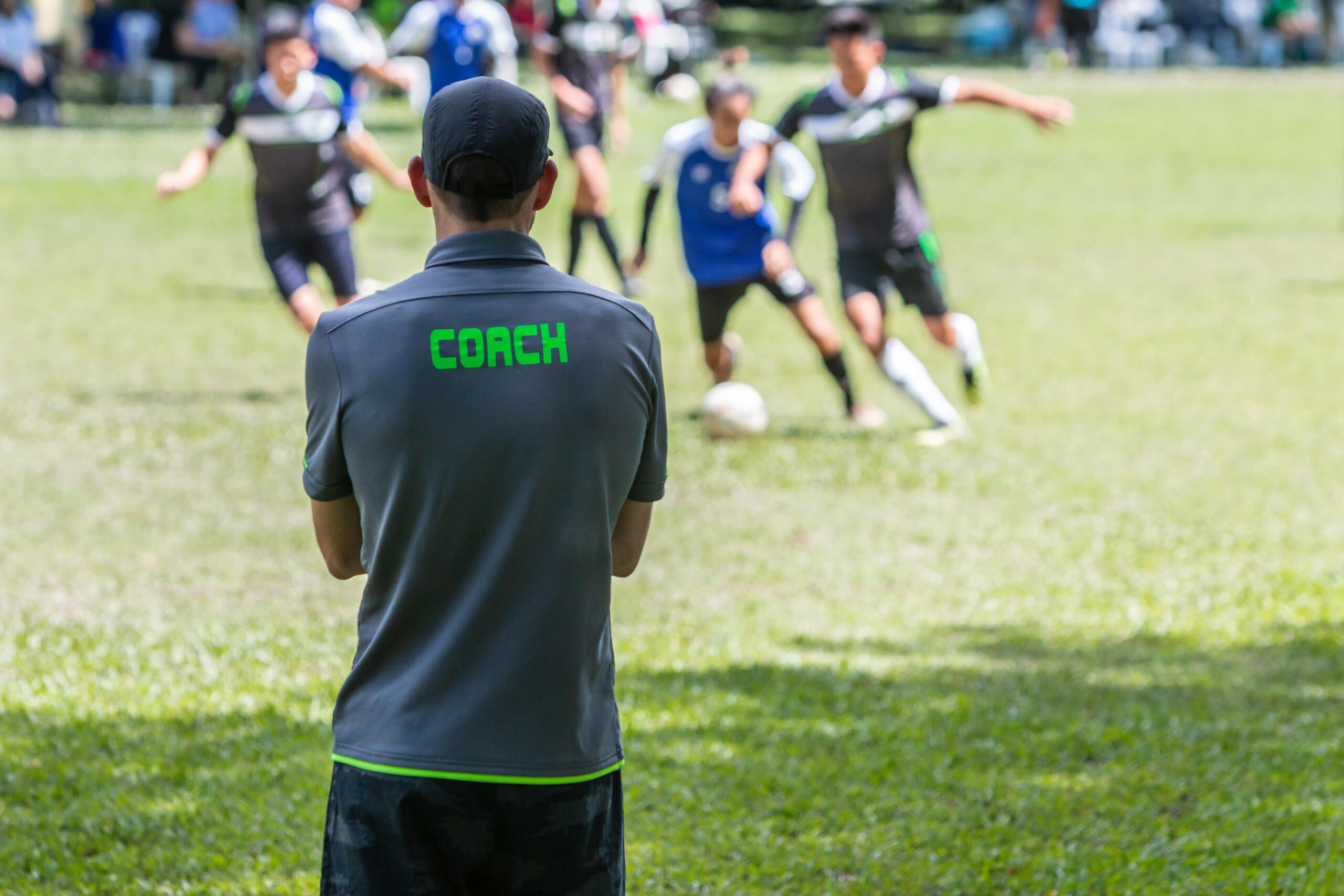Ever bought something you didn’t plan on—and later wondered, “Why did I do that?” You’re not alone. Impulse spending is a common habit, and it’s one of the easiest ways to wreck your budget without even realizing it. The good news? Understanding why we make these unplanned purchases can help you take back control. Learn how to recognize your spending triggers and adopt simple habits to keep your wallet in check.
What Is Impulse Spending?
Impulse spending is buying something on the spot, without planning or budgeting for it. It’s not always a major purchase—it could be a coffee, a cute pair of shoes, or something you found while “just browsing.”
✔ Happens quickly and emotionally
✔ Often leads to regret or buyer’s remorse
✔ Adds up to serious money over time
💡 Tip: Just one $20 impulse buy each week adds up to over $1,000 a year.
Why We Spend Impulsively: The Psychology Behind It
📌 1. Emotional Spending
✔ Buying to feel better when we’re stressed, bored, or sad
✔ “Retail therapy” gives a short-term mood boost
📌 2. Social Pressure
✔ Wanting to keep up with friends or influencers
✔ Fear of missing out (FOMO) on deals or trends
📌 3. Sale Triggers
✔ “Limited time offers” create urgency
✔ BOGO and discount codes tempt us to buy things we didn’t need
📌 4. Easy Access to Spending
✔ One-click checkout and digital wallets make spending too fast and too easy
✔ Shopping apps and ads follow you everywhere
💡 Tip: Just recognizing these triggers can help you pause before buying.
Signs You May Be an Impulse Spender
✔ Your closet has things you’ve never worn
✔ You hide purchases from your partner or roommates
✔ You often feel regret after shopping
✔ You don’t remember where your paycheck went
💡 Tip: Track your spending for a week—you might be surprised by how many small purchases sneak in.
How to Curb Impulse Buying
📌 1. Use the 24-Hour Rule
✔ Wait a day before buying anything that’s not essential
✔ Add it to a wishlist instead of the cart
📌 2. Shop with a List (and Stick to It)
✔ Whether it’s groceries or clothing, lists help keep you focused
✔ Avoid “just browsing” if you don’t want to spend
📌 3. Leave Your Cards at Home
✔ Use cash when possible—it feels more real than swiping
✔ If online shopping is your weakness, remove saved cards from your phone or browser
📌 4. Unsubscribe and Unfollow
✔ Unsubscribe from store emails that flood your inbox with “deals”
✔ Unfollow influencers who make you feel like you need more stuff
📌 5. Set a “Fun Money” Limit
✔ Budget for occasional treats so you can enjoy them without guilt
✔ Once the fun money’s gone, you wait until next month
💡 Tip: Think in trade-offs: “Would I rather have this now, or save that money for my trip, emergency fund, or goal?”
Build Better Habits Over Time
✔ Reflect on past impulse buys—what triggered them?
✔ Replace shopping with healthier habits: a walk, reading, or calling a friend
✔ Set financial goals and keep reminders where you’ll see them
💡 Tip: Visualize your goals—a vacation photo on your phone background can be a powerful motivator.
Apps and Tools to Help You Stay in Control
✔ Mint or YNAB (You Need a Budget) – Track spending and set limits
✔ Rakuten or Honey – If you’re going to shop, at least earn cash back
✔ PocketGuard – Tells you how much you can safely spend each day
✔ Wishlist Apps – Delay gratification by saving items to consider later
💡 Tip: Use browser extensions to block or limit time on shopping sites if they’re a big temptation.
What to Do If You Overspend
✔ Don’t beat yourself up—learn from it
✔ Return unused items if possible
✔ Adjust your budget to make up for the extra spending
✔ Refocus on your goals and restart fresh
💡 Tip: A slip-up isn’t failure. Building better money habits is a long-term game.
Final Thoughts: Shop Smart, Spend Mindfully
Impulse purchases are easy to make, but with a little awareness and a few simple strategies, they’re also easy to avoid. By understanding your spending habits and taking steps to slow down before you buy, you’ll save more money—and feel better about your choices. Spend with purpose, not pressure.



